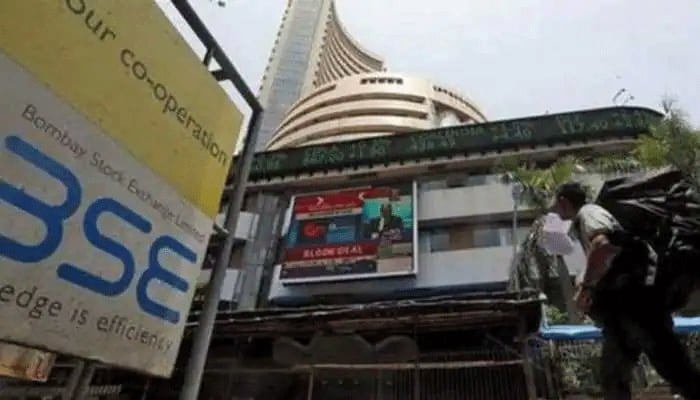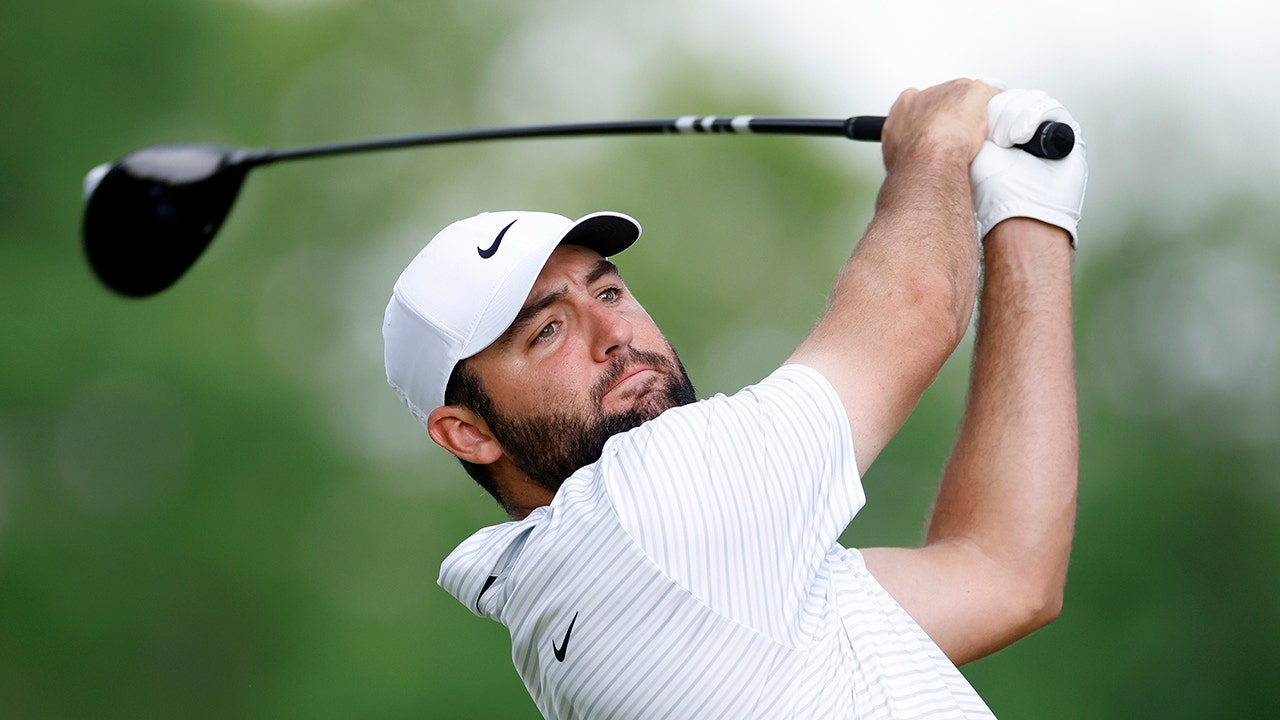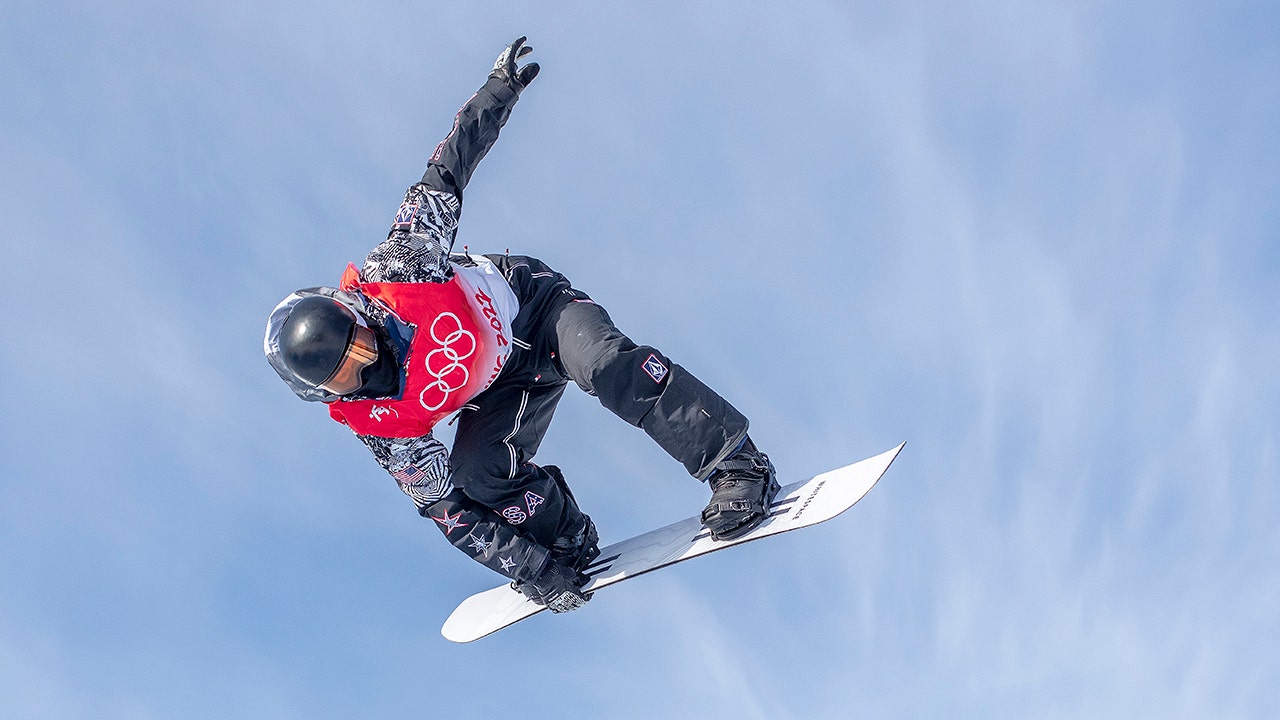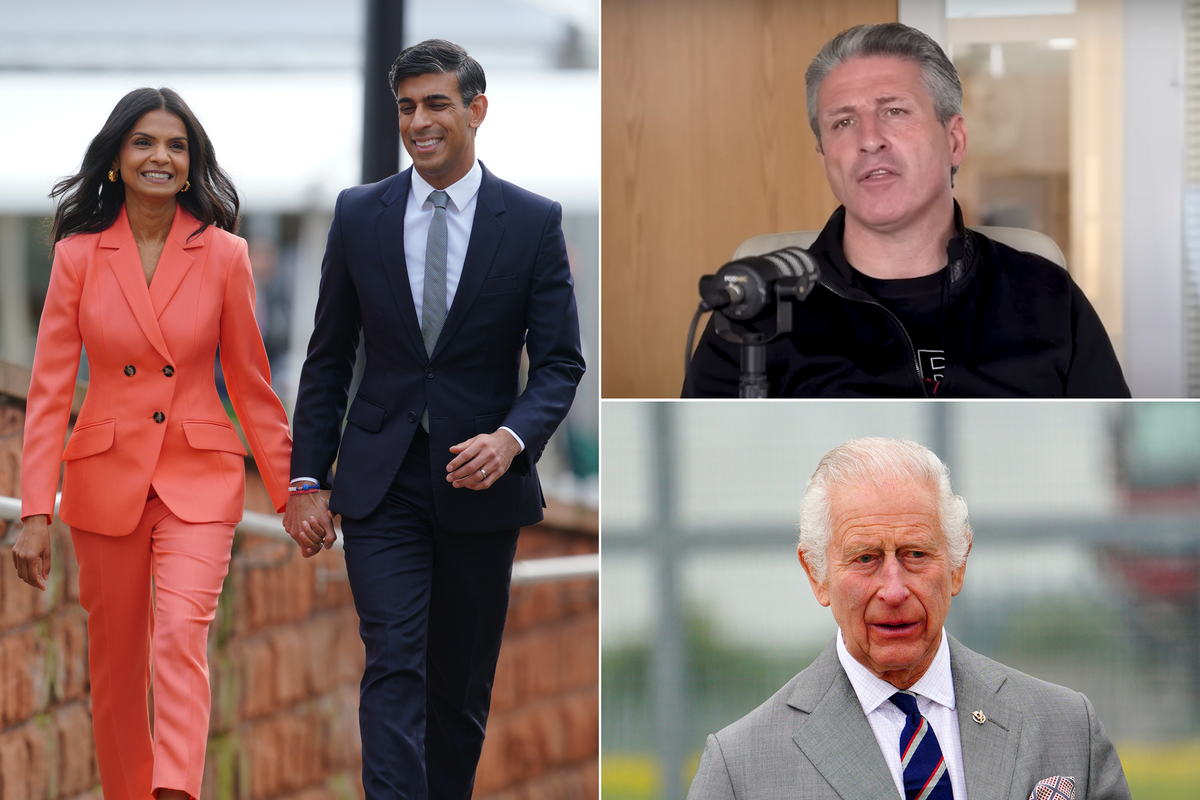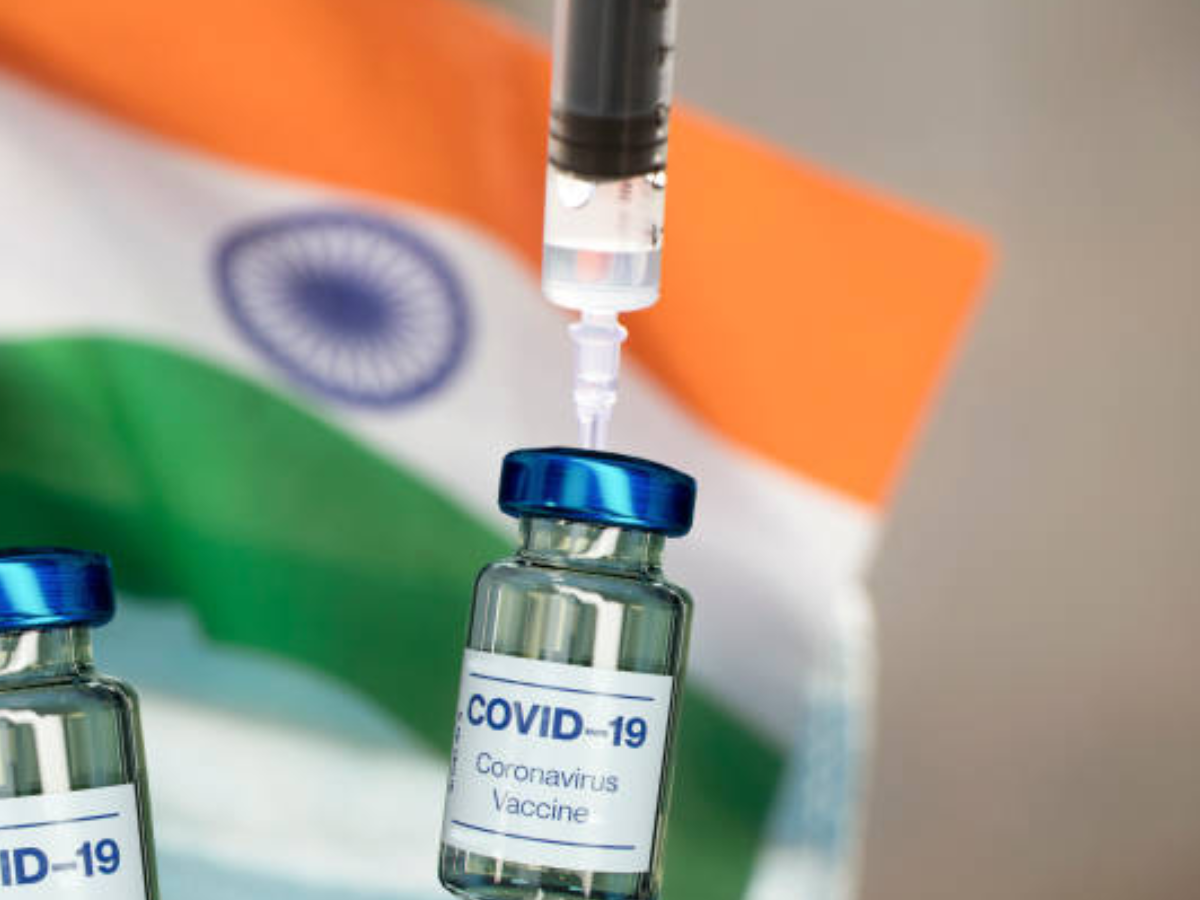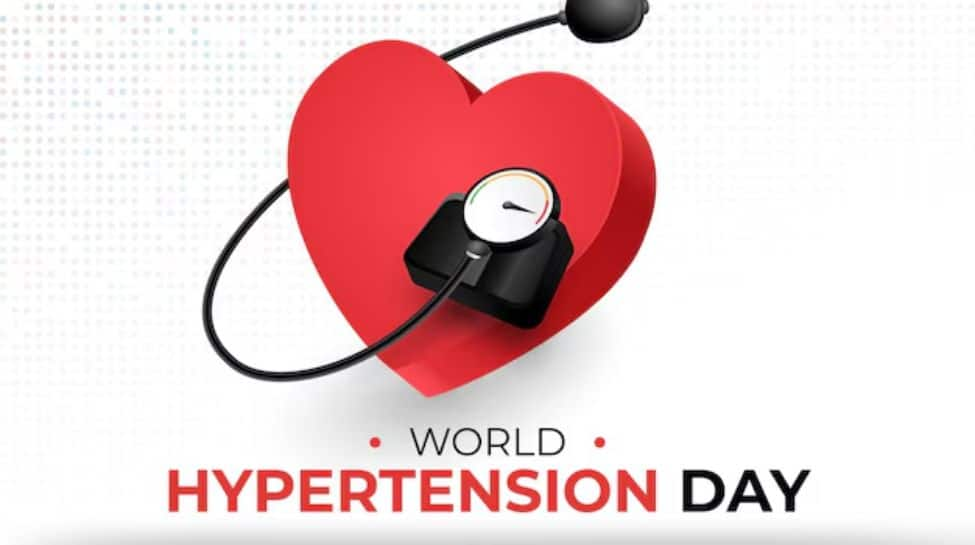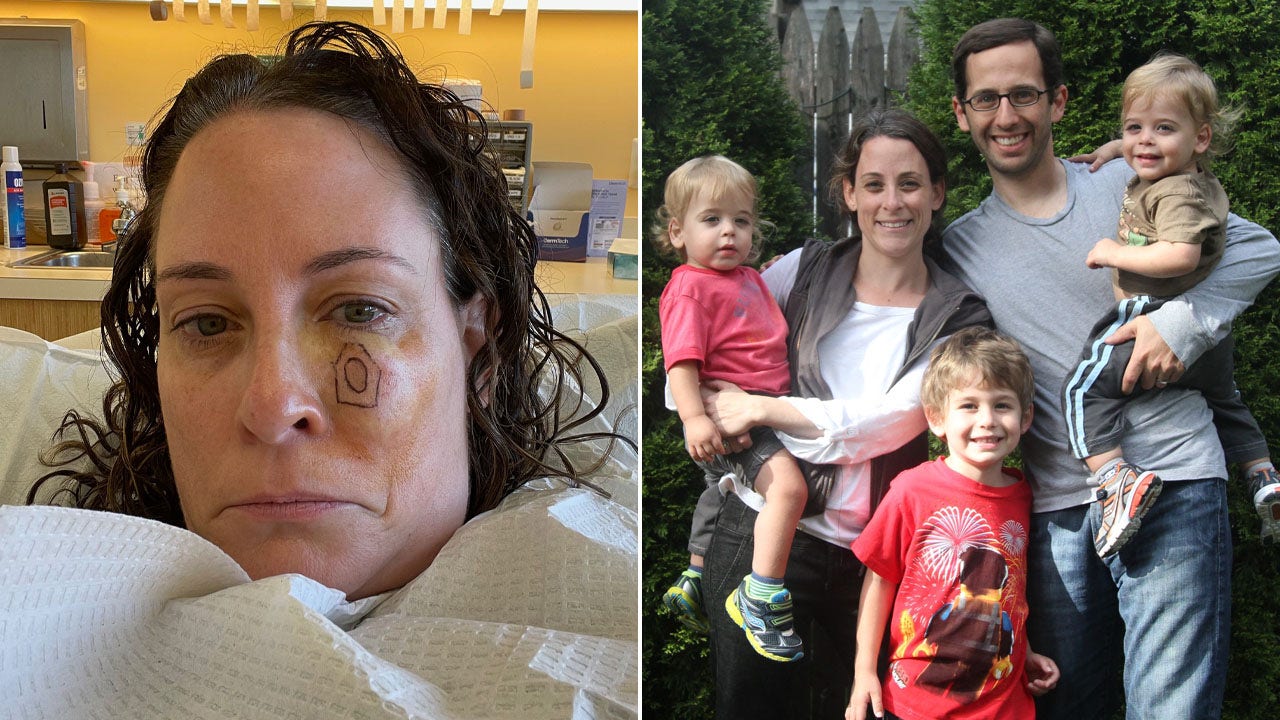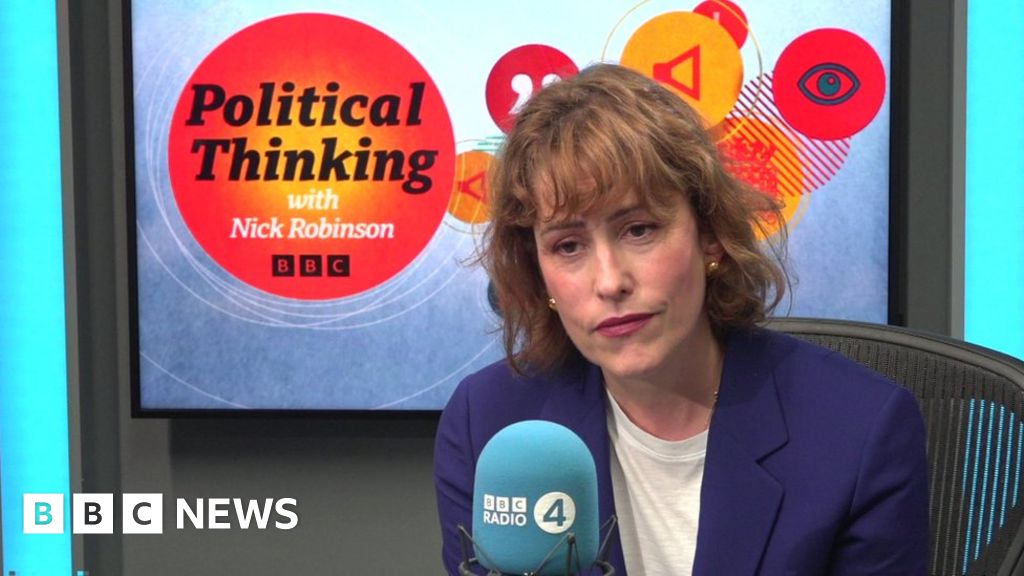“American Manhunt: The Boston Marathon Bombing,” released nearly 10 years after it happened, and just days before the upcoming race on Monday, reveals the thoughts of officials heading the investigation, including FBI special agent Rick Deslauriers; Carmen Ortiz, who prosecuted the bombers; police superintendent Billy Evans, and police commissioner Ed Davis.
The docuseries also adds a personal touch by interviewing runners who were injured and forever impacted by the bomb, and young students who knew one of the bombers.
Here are four takeaways from the Netflix docuseries:
Hundreds of law enforcement agencies worked around the clock for 100 hours
Evans was just getting home after completing the race in 3 hours 34 minutes when he learned about the “loud explosions” at the finish line.
Over the next four days, as the investigation began, an unprecedented amount of digital evidence was gathered, suspects’ photos were found and released, the bombers shot a policeman to death at MIT while trying to steal his gun. One bomber, Tamerlan Tsarnaev, was gunned down by the police and then run over by his younger brother, Dzhokhar, in Watertown, Mass. More than 18 hours later, Dzhokhar was found nearby.
Evans, like many of his colleagues, said he slept barely 10 hours. Some law enforcement agents had to be taken to the hospital because of exhaustion in the final hours of the manhunt.
So many officers worked for so long because there were “thousands of hours of footage” to sift through, but they didn’t have thousands of hours, officials said in the documentary. Because facial recognition software was in its nascent stages, the suspects’ photos didn’t automatically lead authorities to the bombers’ identities. After they identified the second bomber, authorities had to comb through huge swaths of Massachusetts to find him.
Police officers and other law enforcement agents from as far as New Hampshire and Rhode Island came to “help” in the manhunt. Investigative reporter Phillip Martin said many of them were not authorized to participate in the investigation, and this led to problems in the 100th hour when one bomber, the younger of the two brothers, Dzhokhar Tsarnaev, lay hiding in a boat in a Watertown residential backyard and 126 bullets were fired in his direction. Investigators wanted him alive.
Officials disagreed about when to release suspected bombers’ photos
Thirty-nine hours after the explosions, by combing through hours of video footage from personal devices as well as businesses in the area, officials were able to suspect that “white hat” and “black hat” — codenames given to The Tsarnaev brothers before they could be identified — were responsible for the three dead and hundreds injured.
None of the officials, aside from police commissioner Davis, wanted to release the blurry photos of the suspects to the public. “If you release the photo of the bombers, you let them know that you know who they are,” said the FBI’s Deslauriers. “And you may cause them to flee.”
But four days into the investigation, officials learned that the photos had been leaked to media.
Agents leading the investigation decided it was time to hold a news conference, release the photos, and ask the public for help. “Frankly I was relieved that that was going to happen,” said Davis in the docuseries.
In the hours after the photos were released, the bombers killed a police officer and began a long and violent manhunt.
“What ended up happening is exactly what we didn’t want to happen,” said prosecutor Ortiz when she was asked if disseminating the photos to the public was the right decision.
Danny Meng, an American hero, made the most important decision of his life
Danny Meng, now a tech entrepreneur, came to the U.S. from China in 2009, to get a master’s degree. Eighty hours after the explosion, Meng was driving in Cambridge when he pulled over to read a text message. The next thing he knew, a man with a gun got into his car and asked him to drive.
Over the next few hours, a second man joined them in Meng’s Mercedes and soon the student learned that the brothers were behind the Boston Marathon bombing.
After several hours of being kidnapped, Meng convinced the brothers that they had to stop for gas. It was while they were parked at the gas station that Meng made what he describes as “the most important decision of my life.” Meng was worried that if the brothers escaped, they would cause more havoc.
He risked his life, made a run for it, managed to reach another gas station. From there, Meng called 911 and was able to help the police track the car.
“Danny Meng was an important hero of the Boston Marathon Bombing investigation,” Deslauriers said.
The documentary is thin on details about the bombers’ background
The docuseries attempted to get into the backstories of the Tsarnaev brothers. It explored how the older brother may have felt victimized because he was Muslim, the impact of the abrupt end of his Olympic boxing career, his trip to Dagestan, a republic of Russia; but it didn’t dive into “just how plagued Tamerlan felt by the inner voices,” as reported by The Boston Globe.
Similarly, for Dzhokhar, the docuseries didn’t trace how and when he was radicalized.
“These people were not born marathon bombers,” said David Filipov, then a reporter at The Boston Globe. “They became them. That is the truth. That is the story.”
Filipov said he received criticism for writing about the bombers’ mental health, and his goal was not to justify any of what they did by saying they had a rough time.
The docuseries does shine light on the long-term trauma experienced by those who ran the marathon that day, bystanders, as well as those who investigated the bombers. Many who took part in the docuseries said their lives were never the same.







